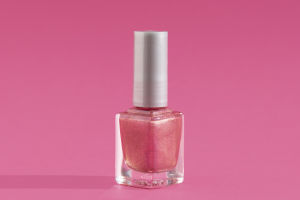Surfing is an exhilarating experience. There’s nothing quite like the rush of riding a wave, feeling the power of the ocean beneath you. But before you paddle out and hang ten, it’s essential to keep safety at the forefront of your mind.
Surfing, while thrilling, is still a sport that takes place in unpredictable waters, so taking precautions is key to enjoying a safe and fun session.
1. Know Your Limits
We all love a challenge, but don’t let your ego get the best of you. If you're new to surfing, start with beginner-friendly waves. Many beaches have areas with smaller, gentler waves ideal for learning. As you improve, you can gradually move to more challenging spots, but always respect your abilities. It’s easy to get caught up in the excitement and find yourself in conditions that are too advanced. There’s no shame in taking it slow.
2. Check the Conditions
Before you even step foot in the water, check the surf report. Understanding wave size, tide patterns, and wind direction can help you plan your session. Some days are better for surfing than others, so don't push it when the conditions aren't right. Pay attention to weather forecasts too, as storms can quickly turn a surf-friendly beach into a dangerous environment.
3. Wear the Right Gear
Your surfboard isn’t the only important piece of equipment. A good wetsuit keeps you warm and protected, especially in cooler waters. In addition, wearing a leash keeps your board attached to you, preventing it from drifting away or, worse, hitting someone else. And if you’re surfing in a rocky area or reef, consider wearing booties to protect your feet from sharp surfaces.
Surf Etiquette | Top 9 Surf Rules you Need to Know
Barefoot Surf
4. Respect the Ocean
It’s easy to forget how powerful the ocean can be, especially when the waves seem friendly. Always be aware of currents, rips, and underwater hazards. Riptides, in particular, can be deceivingly strong and dangerous. If you do get caught in one, don’t panic. Swim parallel to the shore to escape its pull. The ocean is in charge, so stay humble and respect its boundaries.
Rip currents: Are strong, narrow currents that flow from the shore out to sea and can be dangerous if you're caught in one. Knowing how to spot them is key to staying safe in the water.
1. Look for Channels of Calm Water: If you notice a gap in the waves, that could be a rip current pulling water out to sea.
2. Color Differences: If the water seems a bit different in color compared to the surrounding area, that's another indicator.
3. Foam or Seaweed Patterns: If you see floating debris moving out to sea in a channel-like pattern, it’s a strong clue that a rip is present.
4. Waves Breaking Farther Out: If waves are breaking in an unusual spot, a rip current could be the reason.
5. Be Mindful of Others
Surfing is a communal sport, and being mindful of other surfers goes a long way. Learn proper surf etiquette - like taking turns and not cutting someone off on a wave. Being aware of your surroundings helps prevent accidents and keeps the vibe in the water friendly.
Surfing is about fun, connection, and the thrill of the ride. But it's also about being smart and staying safe. By respecting your limits, checking the conditions, and staying mindful of others, you’ll enjoy the stoke while minimizing risks. So, paddle out with confidence and stay safe!


